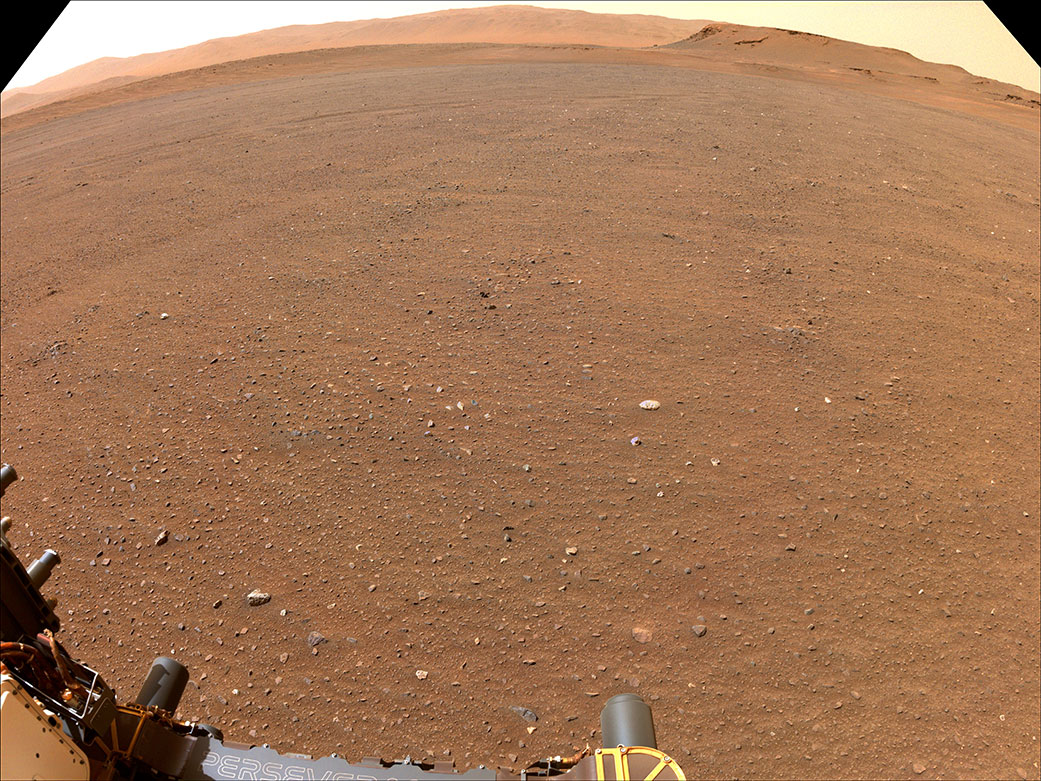NASA specialists used the Perseverance rover for a detailed inspection of one of the sections of the Martian surface. In the future, it may be chosen as the landing site of the MSR (Mars Sample Return) mission, the purpose of which is to deliver soil samples of the Red Planet to Earth.
Samples of Martian soil
In addition to various scientific instruments, a block of 43 capsules is also installed on board the Perseverance rover. They are designed to collect samples of Martian soil and atmosphere, which, according to the designers’ idea, will then be delivered to Earth by a special mission. At the moment, Perseverance has filled 11 capsules (9 with soil samples, 1 with atmospheric samples, 1 with particle samples).

When the rover completes the sample collection, it will unload the capsules at a site suitable for a safe landing of the return mission. The following requirements are put forward to it. It should be a flat area with a radius of 60 meters, covered with sand dunes, having no stones with a diameter of more than 19 cm and significant height differences.
Of course, NASA has detailed orbital images of the entire region at its disposal, but still, they cannot be compared to images taken directly on the spot. Therefore, in addition to fulfilling its scientific program, Perseverance is also assigned an additional mission to find potential landing sites for MSR.
Finding the landing site of the MSR mission
Perseverance has already started to solve this problem. Recently, the rover made a panorama of one of the most promising sites. According to experts, a preliminary study of the images showed that it meets all the necessary requirements and will be included in the list of potential “air stations”.

At the moment, the start of the implementation of MSR is scheduled for 2027-2028, the delivery of samples to Earth — for 2023. It is worth noting that China also has a similar mission project. Its launch is scheduled for 2028, and its return to Earth will take place in 2031.
According to https://www.nasa.gov
Follow us on Twitter to get the most interesting space news in time
https://twitter.com/ust_magazine

